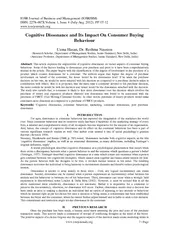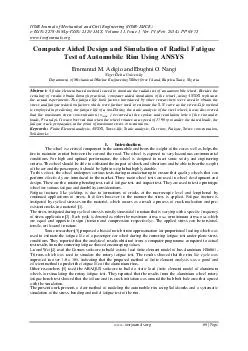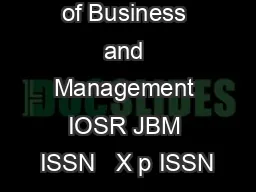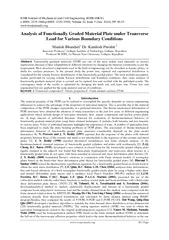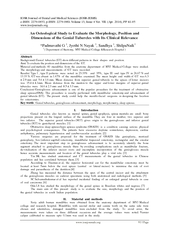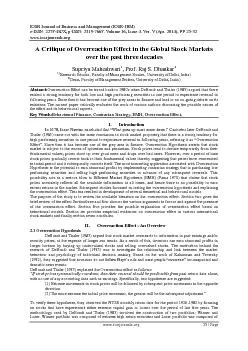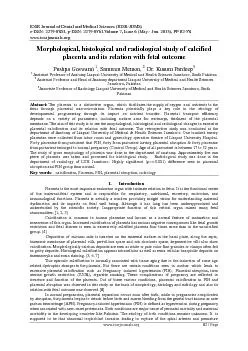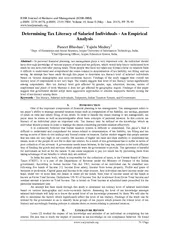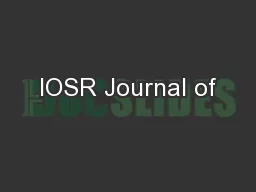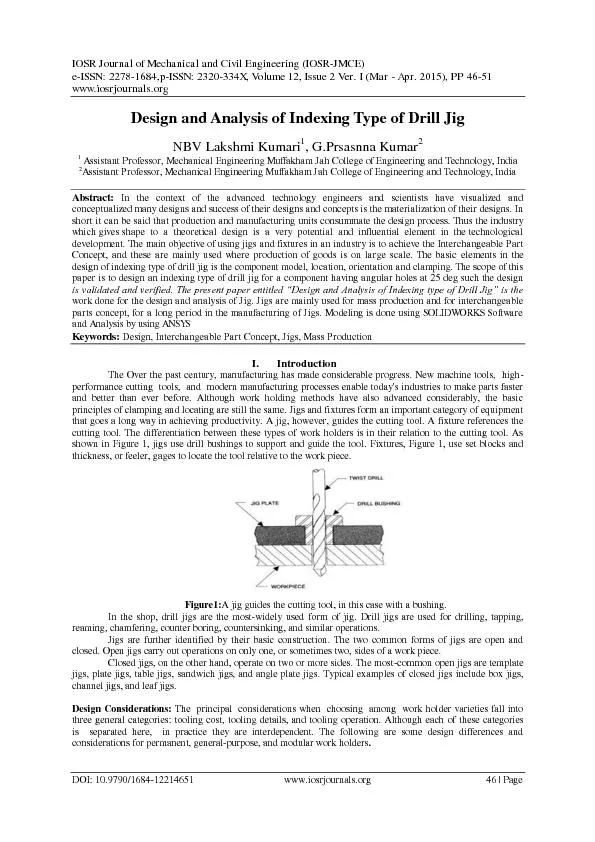PDF-IOSR Journal of Business and Management IOSRJBM ISSN
Author : faustina-dinatale | Published Date : 2015-06-02
2012 PP 07 12 wwwiosrjournalsorg wwwiosrjournalsorg Page Cognitive Dissonance nd Its Impact On Consumer Buying Behaviour Uzma Hasan Dr Reshma Nasreen Research Scholar
Presentation Embed Code
Download Presentation
Download Presentation The PPT/PDF document "IOSR Journal of Business and Management ..." is the property of its rightful owner. Permission is granted to download and print the materials on this website for personal, non-commercial use only, and to display it on your personal computer provided you do not modify the materials and that you retain all copyright notices contained in the materials. By downloading content from our website, you accept the terms of this agreement.
IOSR Journal of Business and Management IOSRJBM ISSN: Transcript
Download Rules Of Document
"IOSR Journal of Business and Management IOSRJBM ISSN"The content belongs to its owner. You may download and print it for personal use, without modification, and keep all copyright notices. By downloading, you agree to these terms.
Related Documents

